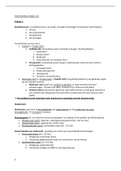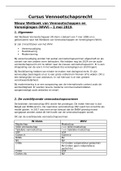Essay
Applied Math essays
- Institution
- University Of Western Ontario (UWO )
This document has both essays that are to be written in Applied math 1201B and provides a good model for them as they both received perfect grades. The professors are very vague when they assign this task and so I think it would be very beneficial to see examples of the essays.
[Show more]







